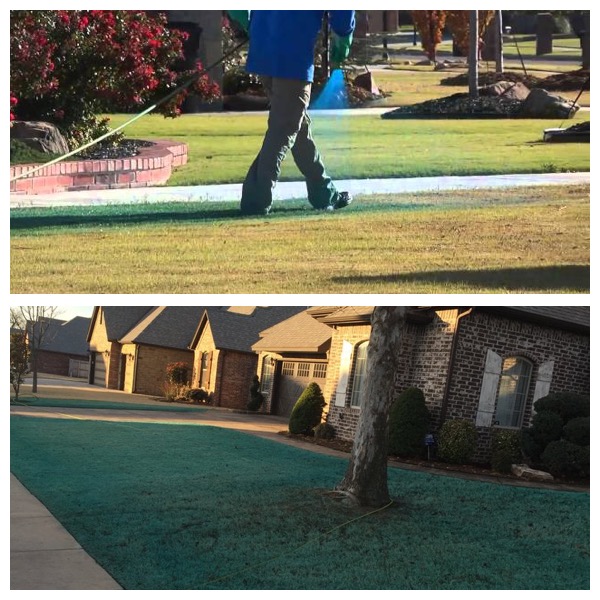Dear FAR Community, These poems arise from feminist spiritual practice with syncretic dimensions. The Irish-American Catholicism of my family mixes with the popular American confessional-style that charts and embodies emerging spirit, yet this very American path of self-styling and narrative self-creation has been refined via the influence of Zen practices, originally via the influence of the Soto practictioners of Green Gulch in Marin and then later via the teachings of Vietnamese refugee and Zen Buddhist monk, Thich Nhat Hanh. The feminism here is deeply personal, political, and spiritual.
This post was inspired by one written my Janet Maika’i Rudolph about Alice Munro which you can read here.
About Alice Munro: I experienced the revelations of her daughter very personally … I’ve read Alice Munro since I was very young and used to read my parent’s copy of the New Yorker. Because we shared the name Alice and also shared the cold Midwestern prairie though she was further north and across the border, I had always felt some affinity for her but also I felt something I really didn’t get. To me her stories took inexplicable turns and now we know why. Her daughter’s experience is dreadful and probably much more common than anyone would care to admit. That Alice Munro was famous doesn’t make that type of negligent mothering something rare.





 In a recent interview about my current published paper and my life’s-work, Sawbonna, which is a model of both social and restorative justice, I was struck by how being locked down due to this global pandemic not only rips us to the core of our fears and forebodings; but, as well, invites us, if challenges us, to witness with and for each other, as we come to see the depth of resilience that has been a kindred companion throughout the ages. From time immemorial, Gaia delights by firing our hearts of justice with creativity. With love.
In a recent interview about my current published paper and my life’s-work, Sawbonna, which is a model of both social and restorative justice, I was struck by how being locked down due to this global pandemic not only rips us to the core of our fears and forebodings; but, as well, invites us, if challenges us, to witness with and for each other, as we come to see the depth of resilience that has been a kindred companion throughout the ages. From time immemorial, Gaia delights by firing our hearts of justice with creativity. With love. The term ‘PaGaian’, which became the title of my work, was conceived in at least two places on the planet and in the opposite hemispheres within a year of each other, without either inventor being aware of the other’s new expression. It was some time before they found each other … one party in Australia, myself having published a book with
The term ‘PaGaian’, which became the title of my work, was conceived in at least two places on the planet and in the opposite hemispheres within a year of each other, without either inventor being aware of the other’s new expression. It was some time before they found each other … one party in Australia, myself having published a book with 

 If Gaia is a living body, why are we painting her blue? Whether it is public parks or residential lawns, when there is that special odor in the air, I know to look down and there it is, an endless dye job on the grass indicating treatment. My city is concrete and blue dye for miles. Furthermore, I have sales people knocking at my door monthly asking if I want to spray pesticide around the house to decimate wasps, ants and spiders.
If Gaia is a living body, why are we painting her blue? Whether it is public parks or residential lawns, when there is that special odor in the air, I know to look down and there it is, an endless dye job on the grass indicating treatment. My city is concrete and blue dye for miles. Furthermore, I have sales people knocking at my door monthly asking if I want to spray pesticide around the house to decimate wasps, ants and spiders.